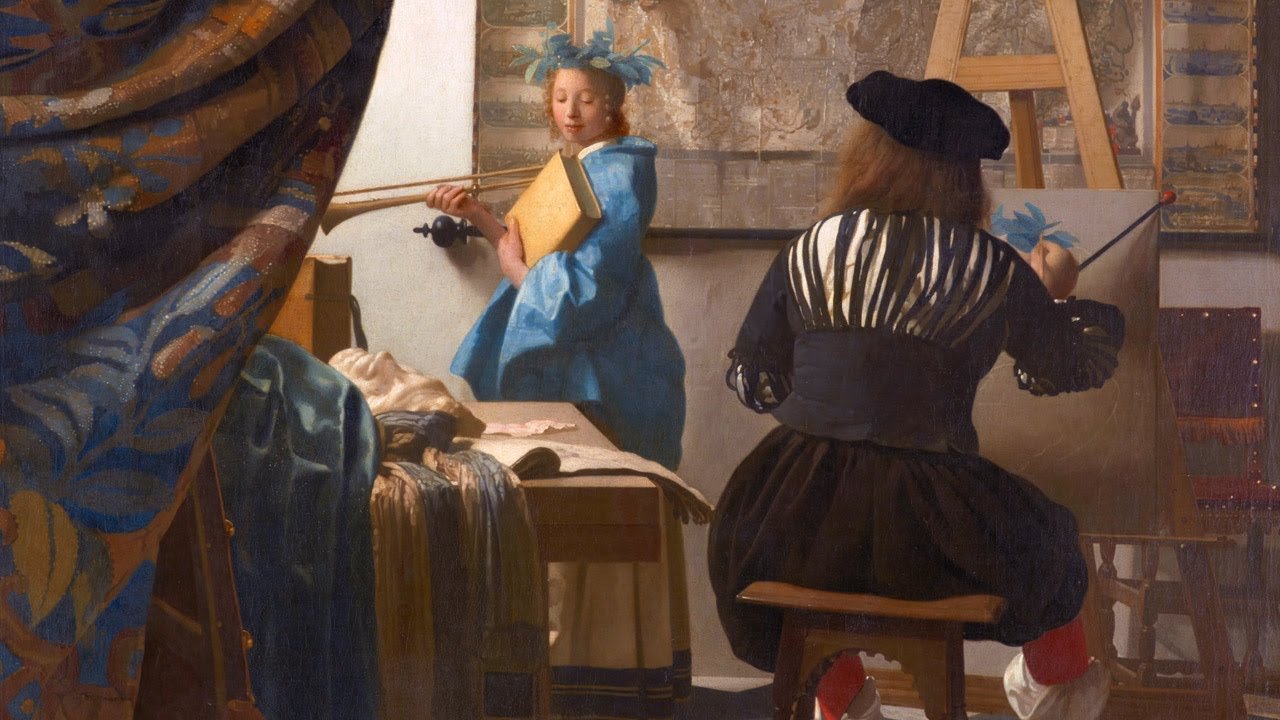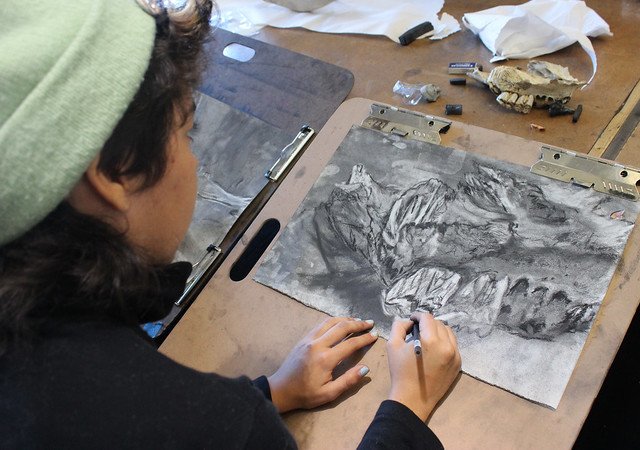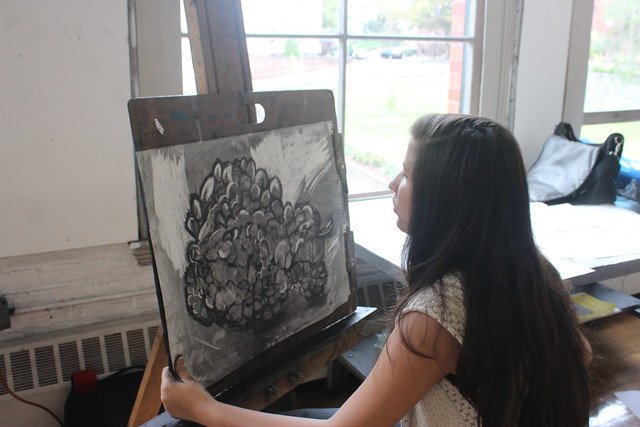One of the most essential skills for visual artists is mastering fundamental drawing techniques. Drawing serves as the foundation for many artistic practices, enabling artists to translate their ideas onto paper or canvas with precision. Key techniques include understanding proportion, perspective, and shading. By developing strong drawing skills, artists can create more realistic and compelling compositions. Additionally, regular practice of basic techniques enhances overall technical proficiency and serves as a valuable tool for exploring new artistic styles and concepts.
Developing a Keen Eye for Composition
Another crucial skill for visual artists is developing a keen eye for composition. Composition involves arranging elements within an artwork to create a balanced and engaging visual experience. Understanding principles such as the rule of thirds, balance, and focal points helps artists guide the viewer’s attention and create a cohesive piece. By studying the work of other artists and practicing composition exercises, you can improve your ability to craft visually appealing and impactful artworks. Effective composition enhances the storytelling and emotional resonance of your art.

Proficiency in Various Artistic Mediums
Proficiency in various artistic mediums is an important skill for visual artists to cultivate. Working with different materials, such as acrylics, oils, watercolors, or digital tools, allows artists to explore diverse techniques and effects. Each medium offers unique possibilities and challenges, expanding your creative range. For instance, mastering watercolor techniques involves understanding how to manipulate water and pigment, while digital tools require familiarity with software and hardware. By experimenting with and refining your skills in various mediums, you can discover new ways to express your artistic vision and adapt to different project requirements.
Understanding Color Theory and Application
A strong understanding of color theory and its application is vital for visual artists. Color theory involves the study of how colors interact, complement each other, and influence mood and perception. Key concepts include the color wheel, color harmony, and the psychological effects of color. By mastering color theory, you can create more dynamic and harmonious artworks that effectively communicate your intended message or emotion. Additionally, applying color theory principles helps in making informed decisions about color choices, which can significantly enhance the overall impact of your work.
Skillful Use of Digital Tools and Software
In today’s art world, skillful use of digital tools and software is increasingly important. Familiarity with programs such as Adobe Photoshop, Illustrator, and Procreate allows visual artists to create and manipulate digital artwork with precision. These tools offer a wide range of functions, from digital painting and photo editing to vector design and animation. By staying updated with the latest software and technological advancements, you can enhance your creative process and produce high-quality digital art. Integrating digital skills into your practice opens up new possibilities for artistic expression and project versatility.
Effective Communication of Artistic Intent
Effective communication of artistic intent is a critical skill for visual artists, particularly when presenting or discussing your work. Being able to articulate your creative vision, concepts, and techniques helps engage viewers and critics, fostering a deeper understanding of your art. This skill is valuable for creating artist statements, participating in exhibitions, and collaborating with others. By clearly expressing your artistic intentions and the ideas behind your work, you can connect with your audience on a more meaningful level and establish a stronger presence in the art world.
Adaptability and Problem-Solving Abilities
Adaptability and problem-solving abilities are essential skills for visual artists navigating the creative process. Artistic projects often come with unforeseen challenges, such as technical issues, material limitations, or evolving concepts. Being adaptable allows you to adjust your approach and find solutions that maintain the integrity of your vision. Problem-solving skills help you address obstacles creatively and effectively, ensuring that you can overcome setbacks and continue to progress in your work. Cultivating these abilities contributes to a more resilient and flexible artistic practice.
Building a Personal Artistic Style
Developing and refining a personal artistic style is a significant skill for visual artists. A distinctive style sets you apart from others and defines your unique artistic identity. Building a personal style involves experimenting with different techniques, mediums, and themes until you find a cohesive and authentic expression of your vision. It requires ongoing self-discovery and reflection to understand what resonates most with you and your audience. By establishing a personal style, you create a recognizable body of work that reflects your individual creativity and artistic perspective.
Conclusion
To excel as a visual artist, mastering a range of skills is essential. Fundamental drawing techniques, keen composition, and proficiency in various artistic mediums lay the groundwork for creating impactful art. Understanding color theory, skillful use of digital tools, and effective communication of artistic intent further enhance your creative capabilities. Adaptability, problem-solving, and building a personal artistic style contribute to a successful and distinctive artistic practice. By developing and honing these skills, you can elevate your artistry and make a meaningful impact in the art world.




